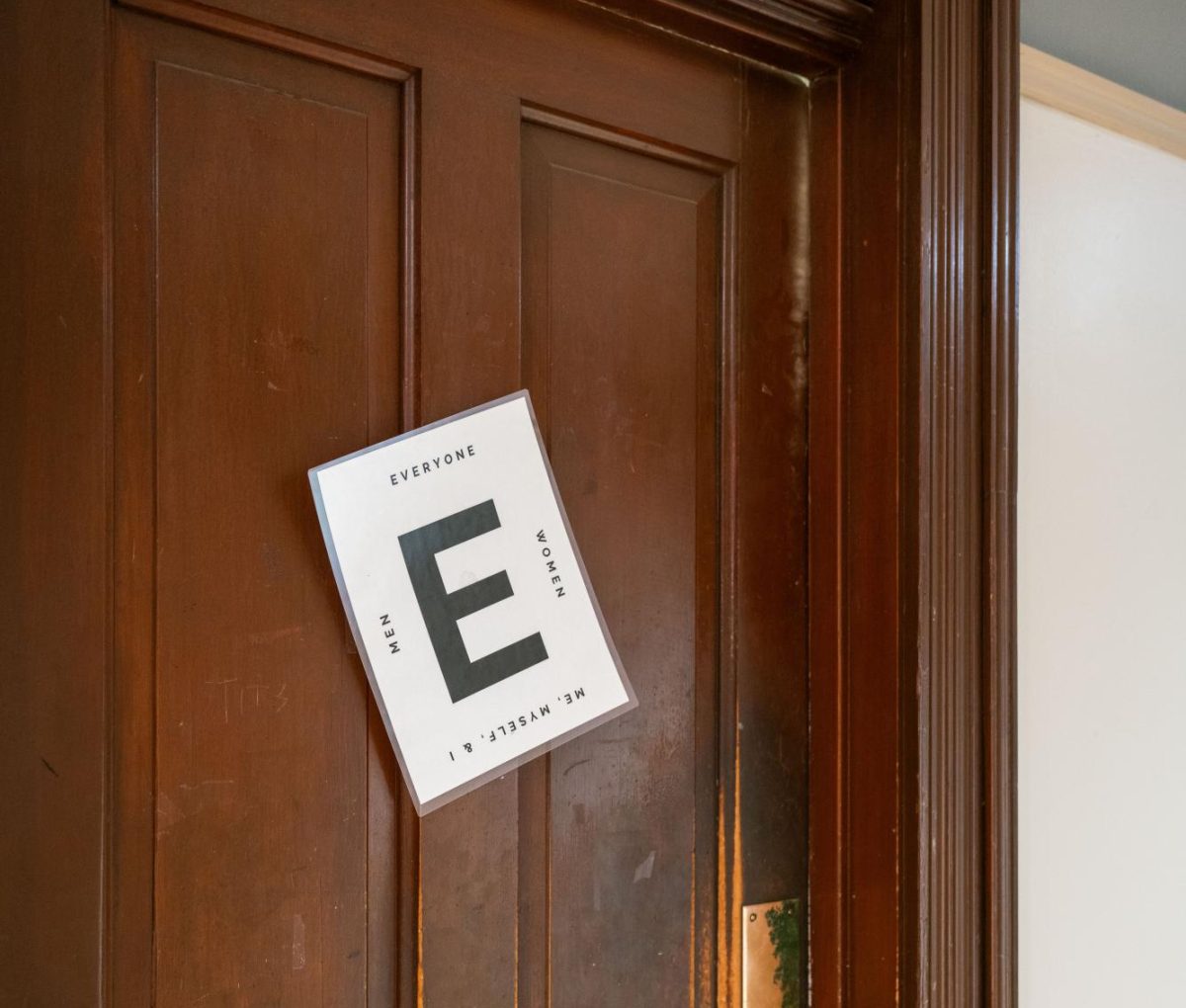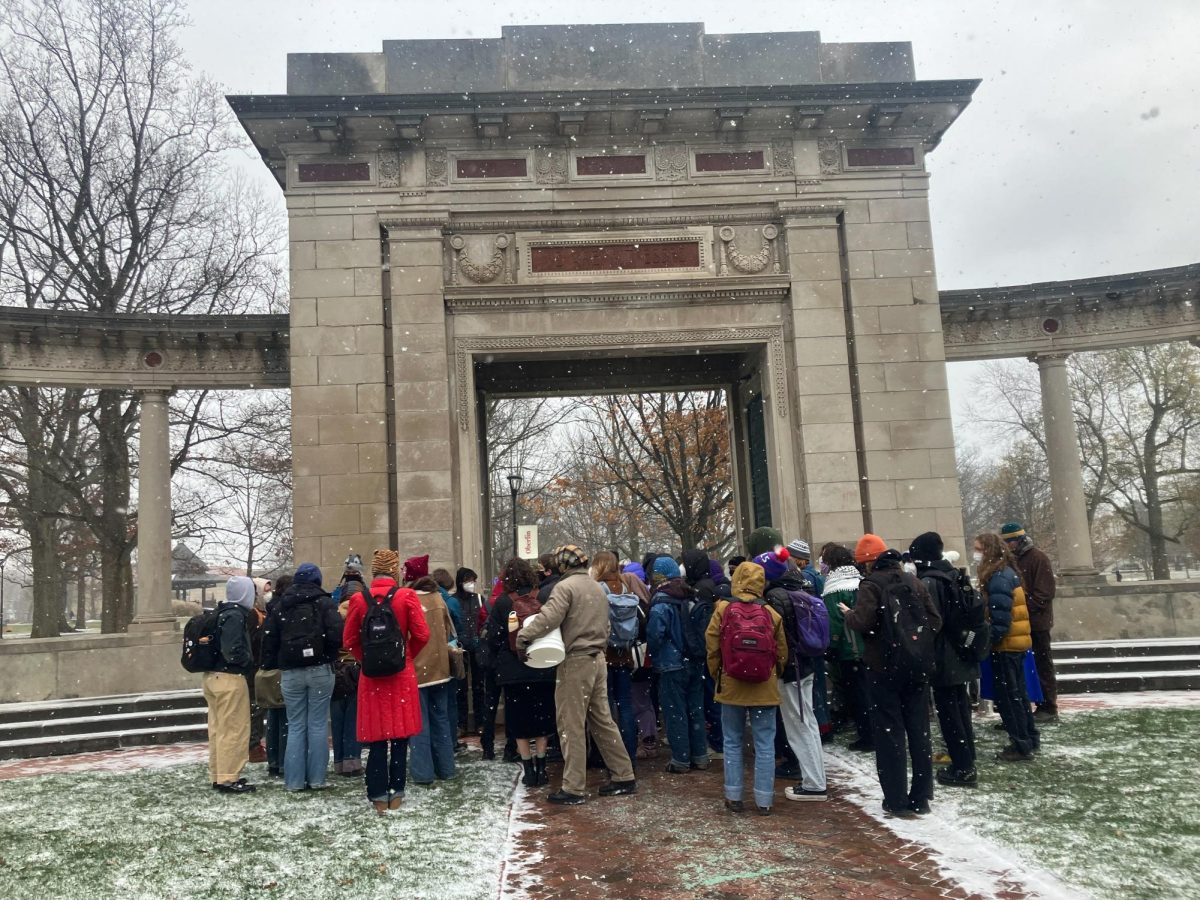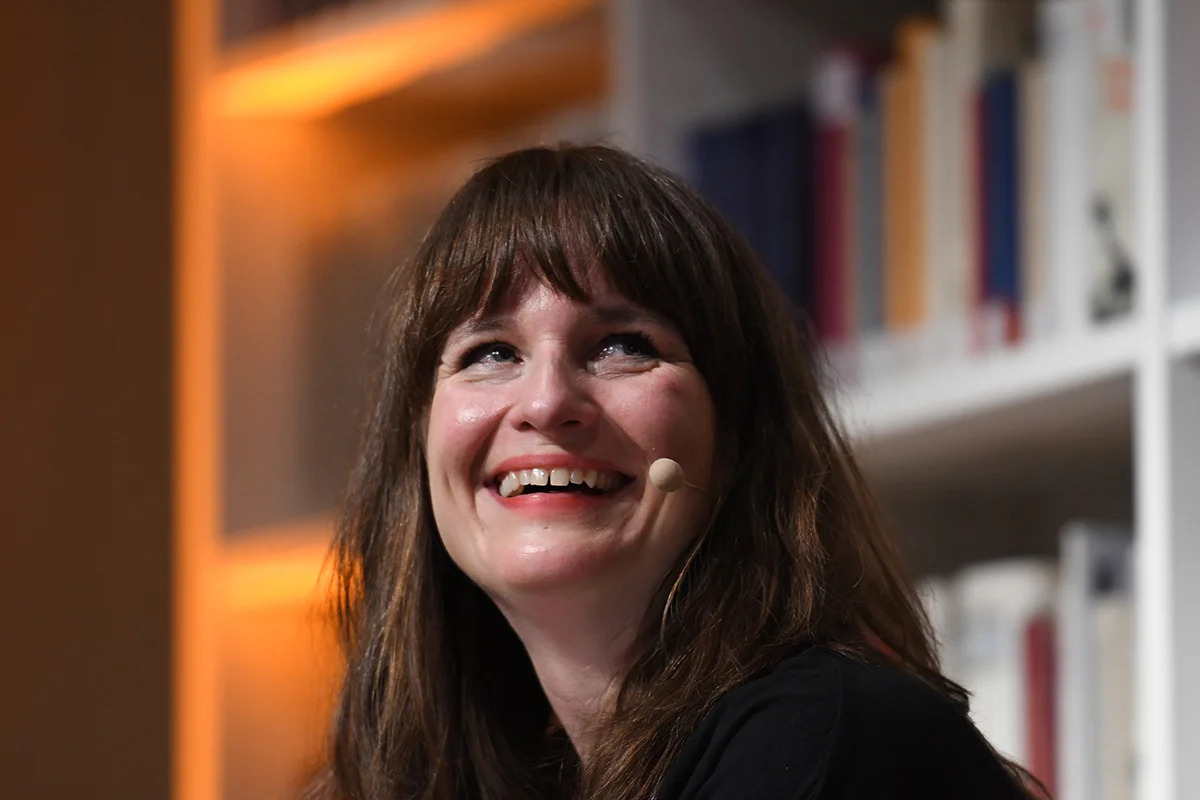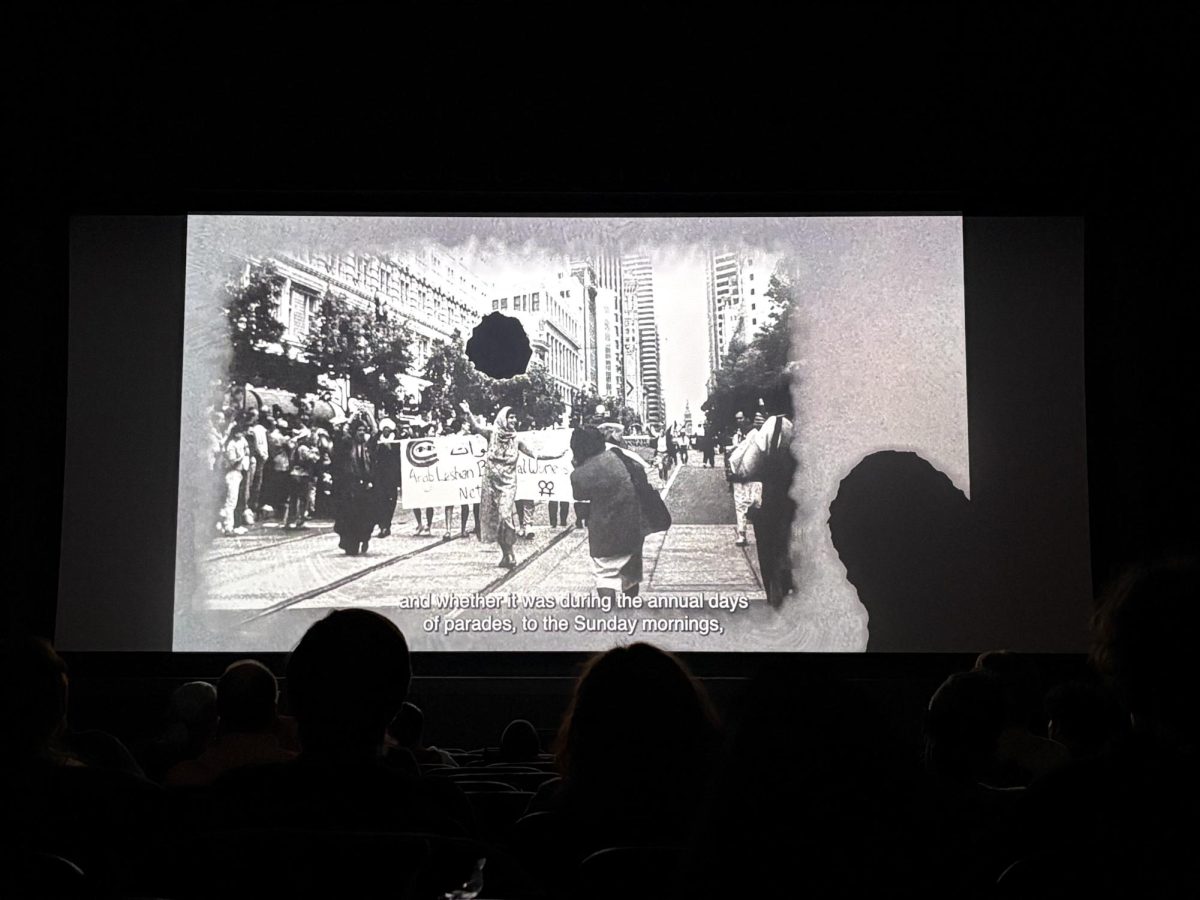Green EDGE Fund Not Mentioned In Article
December 14, 2012
This letter is in response to the recent article about carbon-offsetting (“Trees Planted in Carbon Offset Initiative,” Nov. 30, 2012). The Green EDGE Fund was greatly involved in the carbon-offsetting project but was not mentioned in the article. My name is Deeter, and earlier this semester I joined the Green Ecological Design and General Efficiency Fund. This fund is financed through students to help improve sustainability at Oberlin College. The purpose of the board is to approve and help students work on projects that range from efficiency projects (converting our tractors to run on vegetable oil) to general sustainability (obtaining a composting pulper for CDS). The projects are usually designed around having a payback period or having an improvement in the environment. Other projects have included a lighting retrofit in Hales Gym, funding community gardens, giving grants to the organization Providing Oberlin with Energy Responsibly and installing new bike racks. These were all projects proposed by people like you or me. We have about $200,000 annually to spend on projects. We’re always looking for new project ideas.
In a recent issue of the Review, there was an article on the new carbon-offsetting project. James Foust, Tani Colbert-Sangree, and Noel Myers have been working closely with the Green EDGE Fund, and the latter two are members. The project is meant to be separate from the administration’s program that offsets the College’s emissions (such as the coal plant). Our program will offset our student emissions, (travel to and from campus). This has been a long process involving many different people, including an ENVS 101 group. Our organization wasn’t mentioned once in the article, and we deserve some recognition. This brings me to my next point of student involvement with sustainability. The recent rally on campus revolved around the proposal to switch to natural gas for heating has created a good dialogue about the future of our commitments to climate neutrality. The letter to the trustees (“Too Much Left Unsaid in College Energy Plan”, Nov. 19, 2012) mentions a desire for more student involvement in campus projects. As a fourth-year reflecting on my years here: If you want to get involved in sustainability at Oberlin, you have to create your own involvement. Oberlin is a great place for environmental leadership, but I have found the most success in creating my own projects or directly creating involvement within an existing project. An example is a current project I am working on with the Green EDGE Fund and others. I want to see solar on the roof of Kahn before I leave. I proposed the idea in a class, which turned into a group outside of the class, which turned into a proposal to the Green EDGE Fund. As you guys know, we have not been successful yet, but we’re still in the process. If you want to increase the efficiency of college buildings and have an idea, come talk to us!
The Green EDGE Fund is an under-utilized resource on this campus. We are trying to fix this, starting with our new Facebook page. We are most excited about the ExCo we will be offering next semester. It will teach about sustainability, but it will also be a practicum on developing your own project and working directly on a real project. Follow our Facebook page or find us at the ExCo fair next semester to learn more! I urge all students who want to see change in Oberlin College to develop their own projects. The Green EDGE Fund is here to give you money (it was yours originally!), and we will help you talk to the stakeholders involved to actually get your project started! If you just want to get involved, but don’t know what you want to do yet, take our ExCo! Talk to us at [email protected].
-Alex Deeter
College senior






















